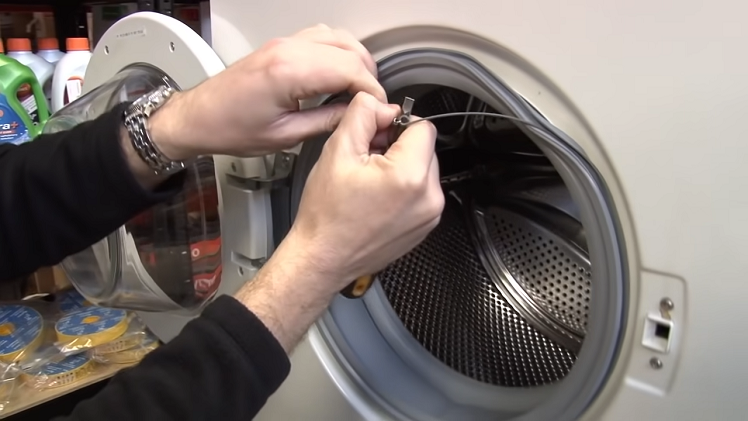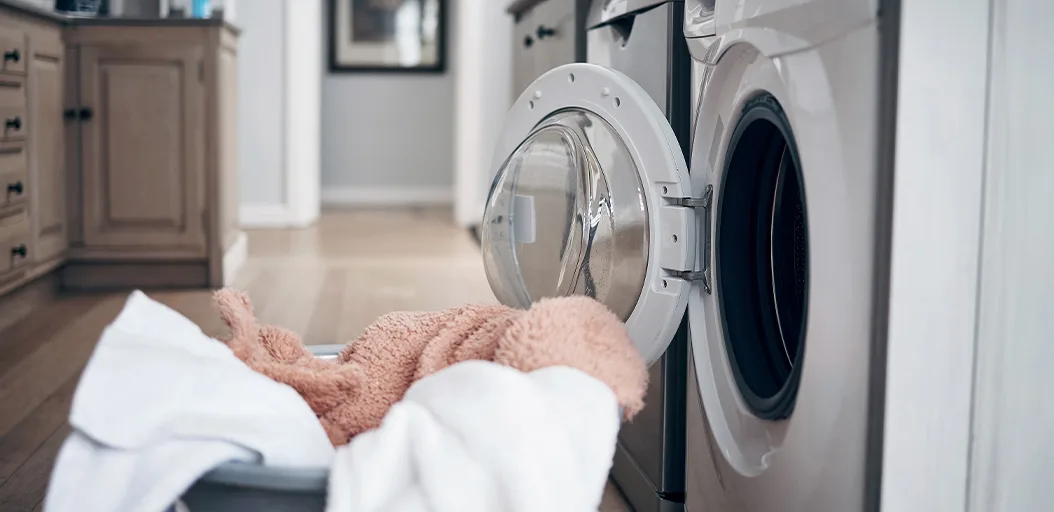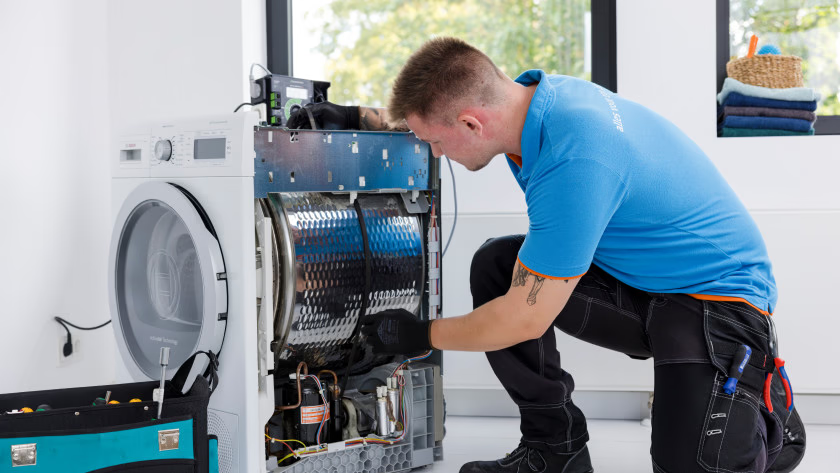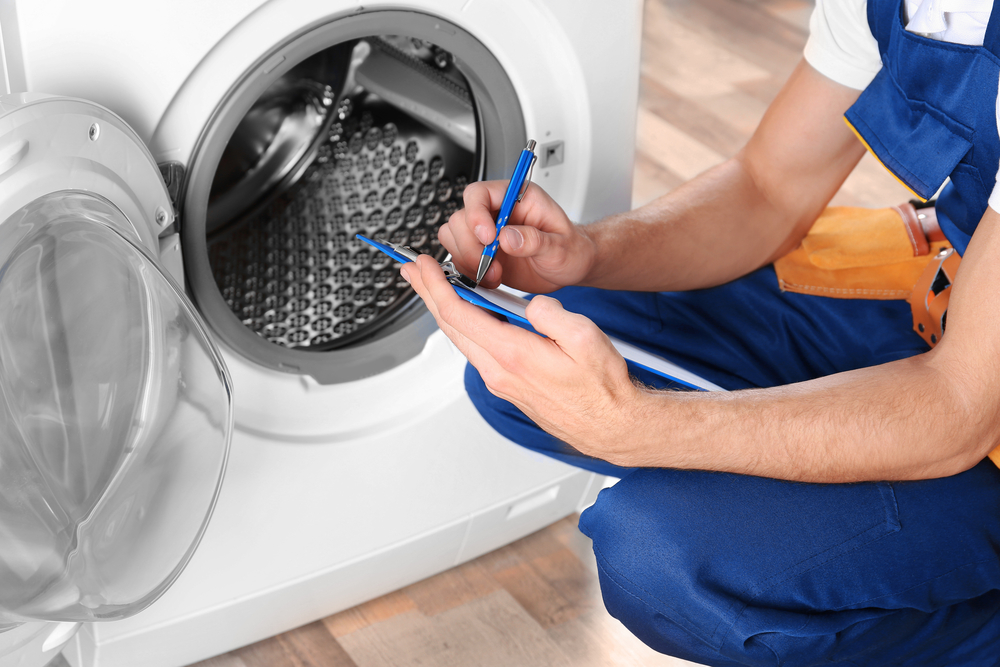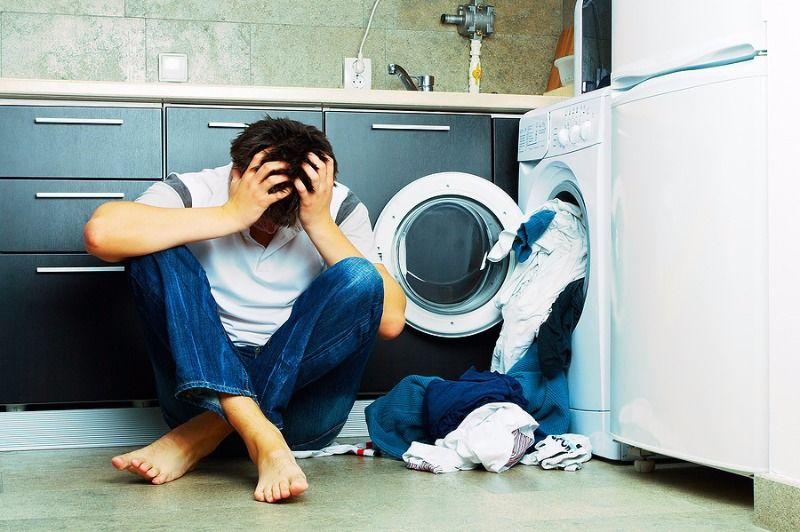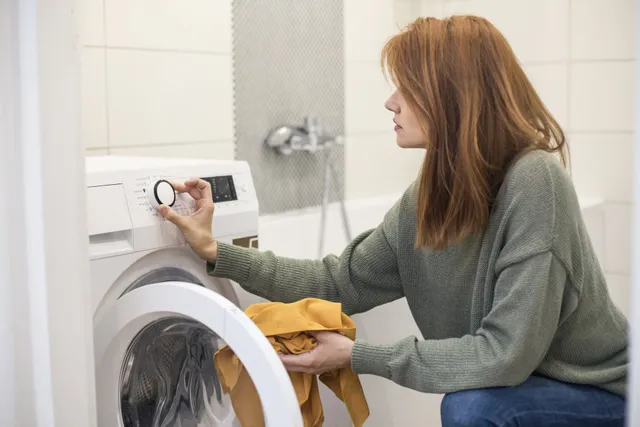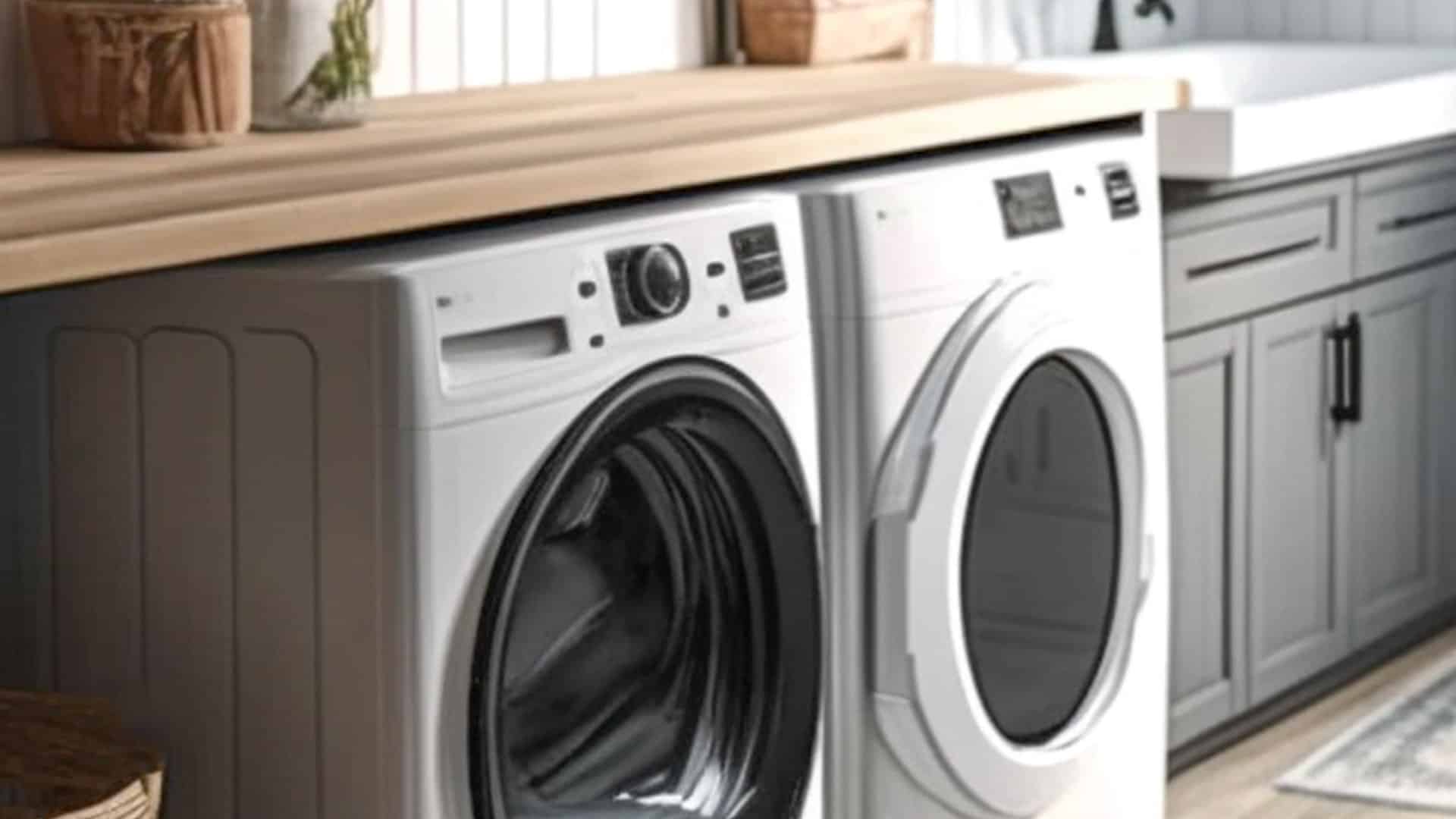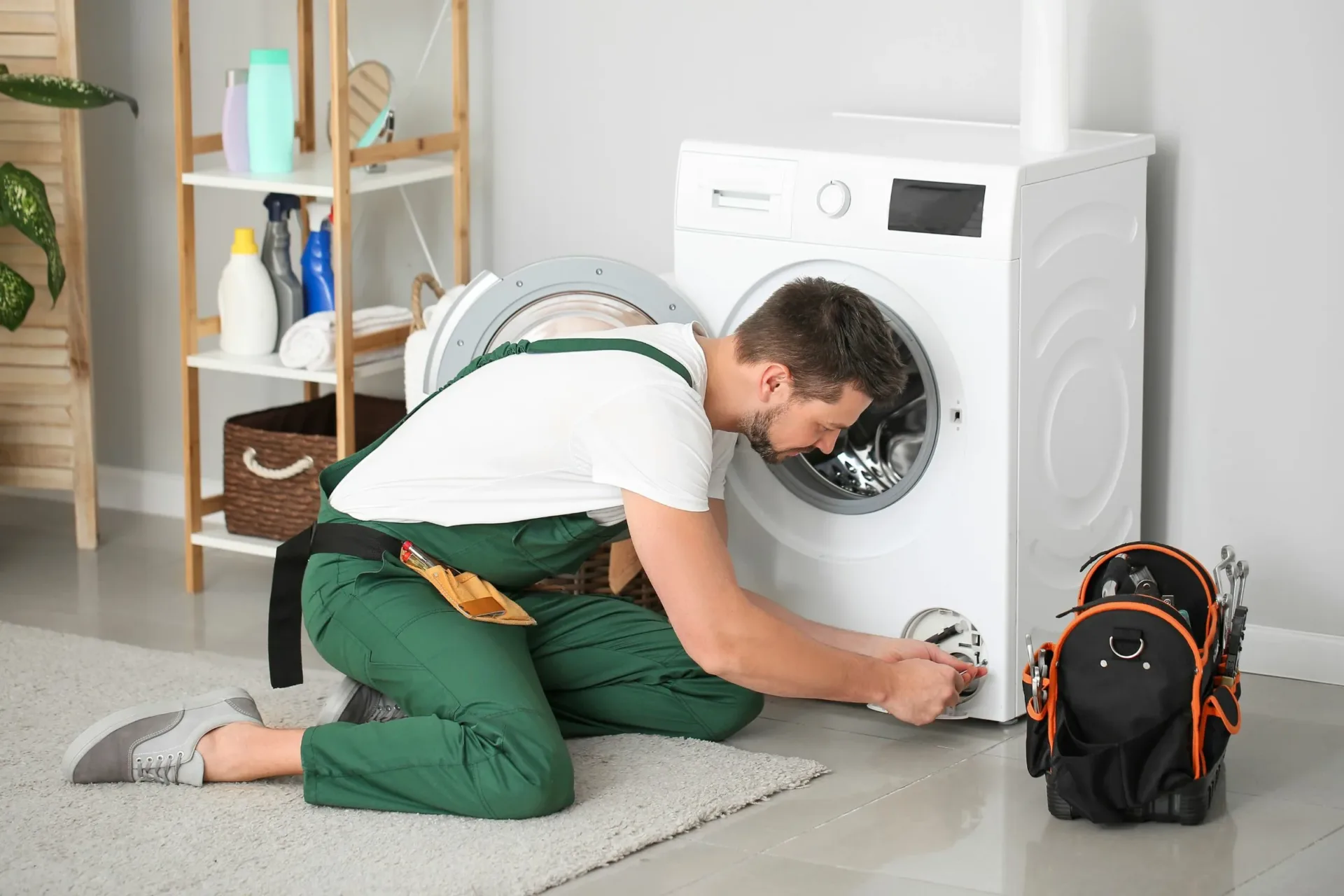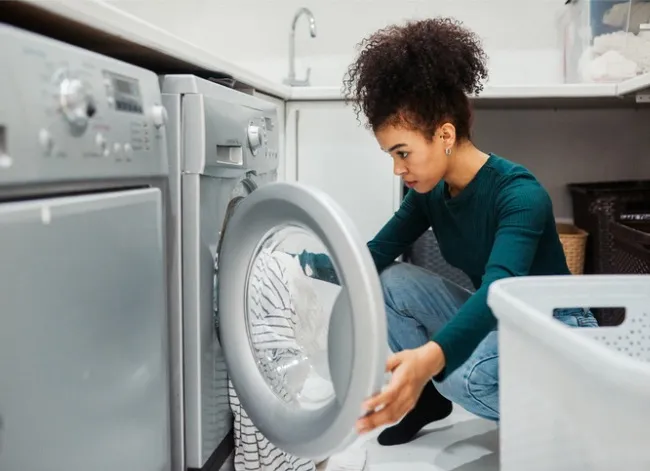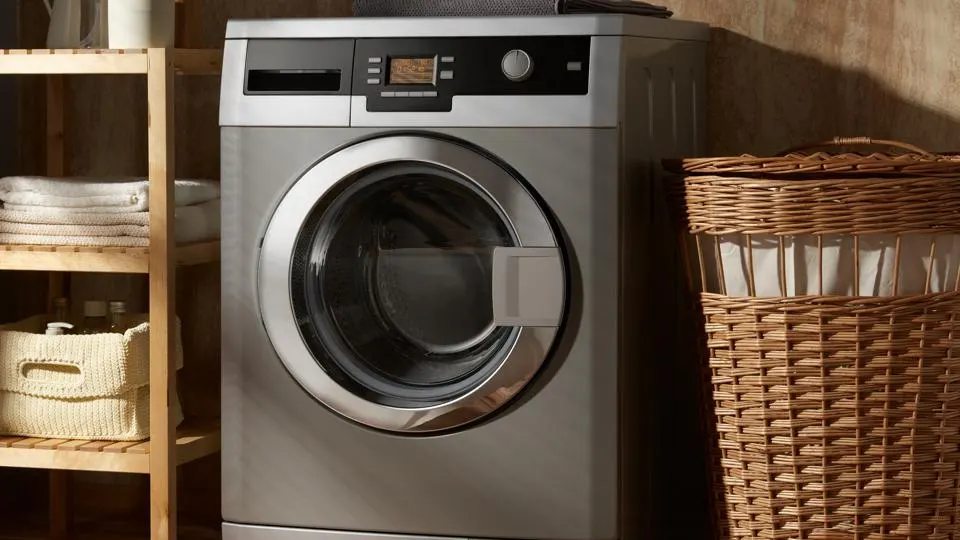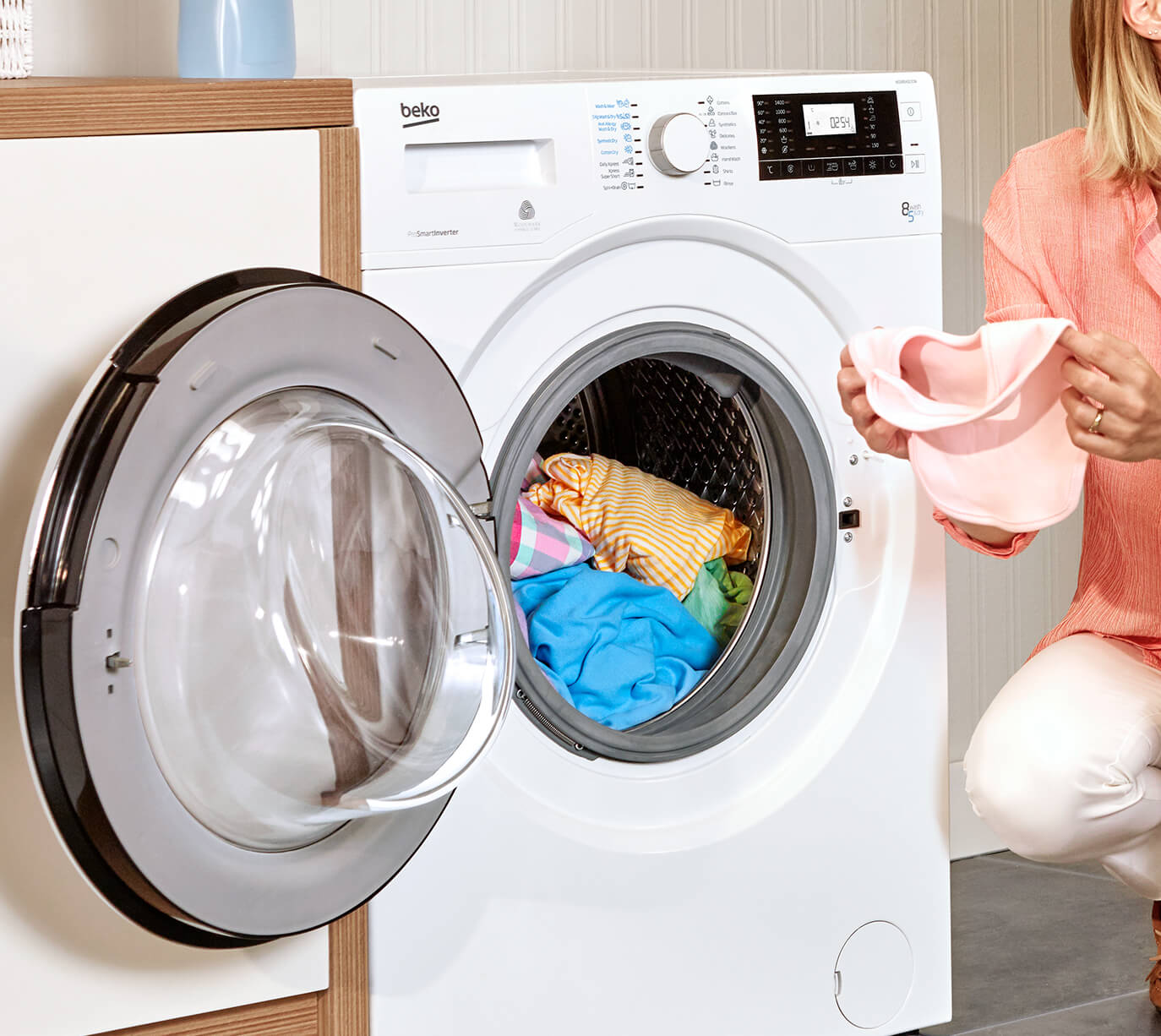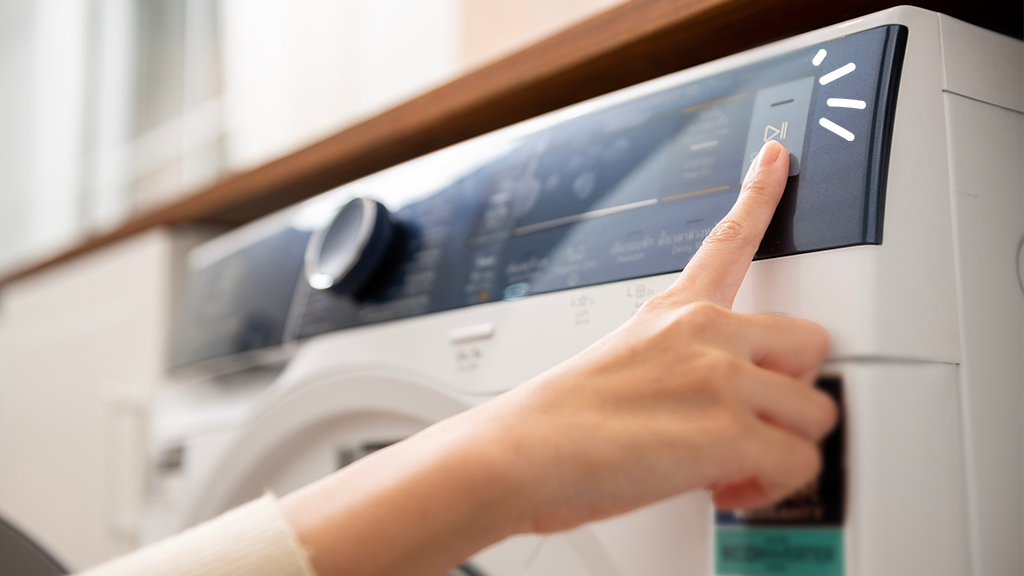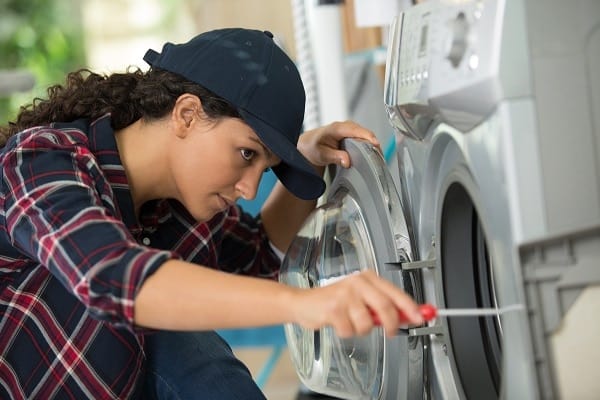Washer bearings are crucial components in your washing machine, responsible for ensuring the smooth and quiet operation of the drum during washing and spinning cycles. These bearings allow the drum to rotate efficiently, reducing friction and wear on other parts of the machine. High-quality bearings contribute to the overall durability and performance of your washer.
Signs of Worn or Damaged Washer Bearings:
- Loud Noises: One of the most common signs of worn bearings is unusual noise during the spin cycle. If you hear a loud, grinding, or rumbling sound, it could indicate that the bearings are worn out.
- Vibration and Movement: Excessive vibration or movement of the washer, especially during the spin cycle, can be a sign of faulty bearings.
- Leaking Water: Bearings that are damaged can cause water to leak from the drum. This is because the bearings help maintain the proper alignment of the drum.
- Drum Play: If the drum feels loose or wobbly when you manually spin it, the bearings may be worn.
- Burning Smell: A burning smell during operation can indicate that the bearings are overheating due to friction.
Steps to Replace Washer Bearings:
Replacing washer bearings is a complex task that requires technical knowledge and the right tools. Here’s a step-by-step guide to help you understand the process:
- Unplug the Washer:
- Safety first. Ensure the washer is unplugged from the power source before beginning any repairs.
- Remove the Back Panel:
- Use a screwdriver to remove the screws holding the back panel in place. Set the panel and screws aside.
- Remove the Drive Belt:
- Locate and remove the drive belt that connects the motor to the drum pulley.
- Detach the Drum:
- Disconnect any hoses or wires connected to the drum. Carefully remove the drum from the washer.
- Remove the Bearings:
- Use a bearing puller or a hammer and punch to remove the old bearings from the drum. Be cautious not to damage the drum.
- Clean the Bearing Housing:
- Clean the area where the new bearings will be installed to ensure a proper fit.
- Install the New Bearings:
- Press the new bearings into place using a bearing press or a suitable tool. Make sure they are seated correctly and securely.
- Reassemble the Washer:
- Reattach the drum, reconnect any hoses or wires, and reinstall the drive belt.
- Replace the back panel and secure it with screws.
- Test the Washer:
- Plug the washer back in and run a test cycle to ensure everything is functioning correctly and the noise has been eliminated.

